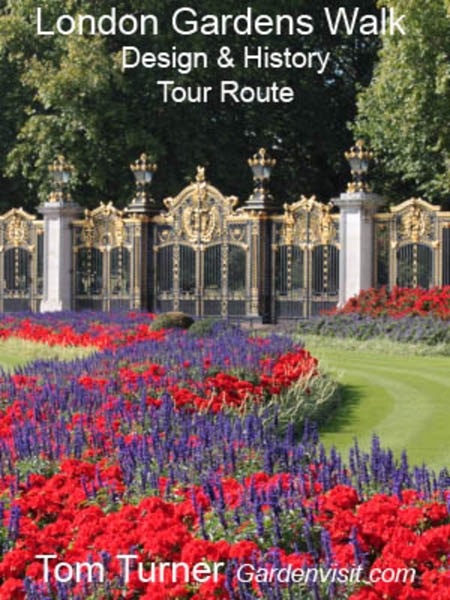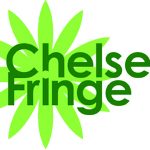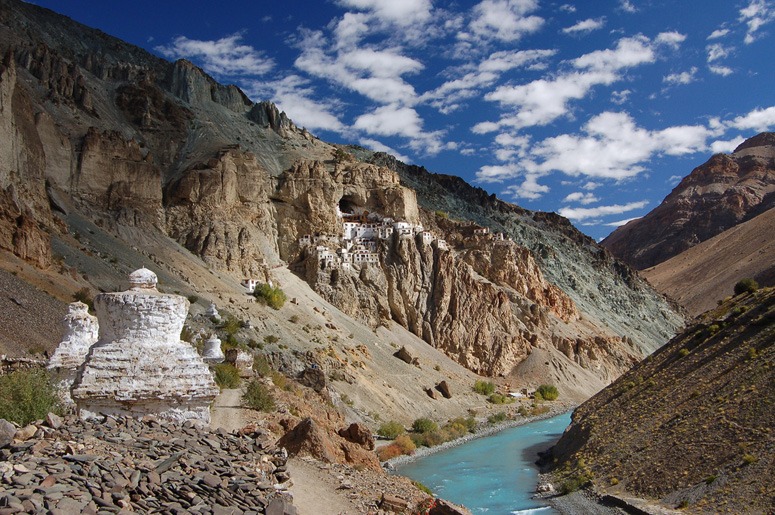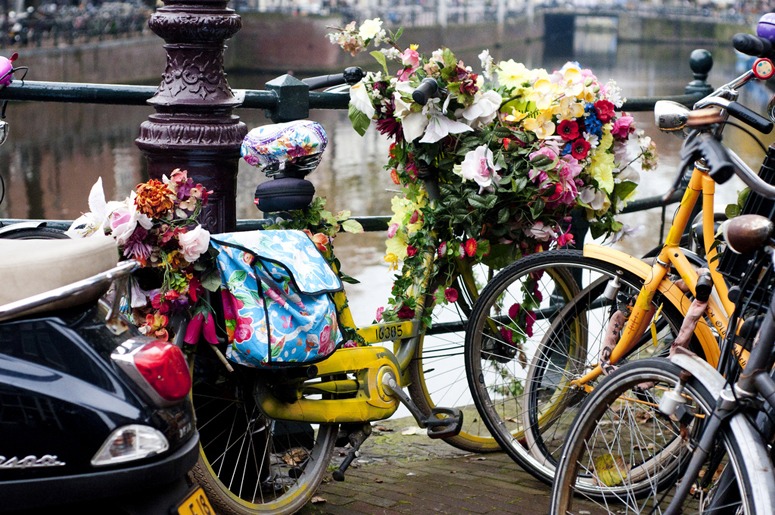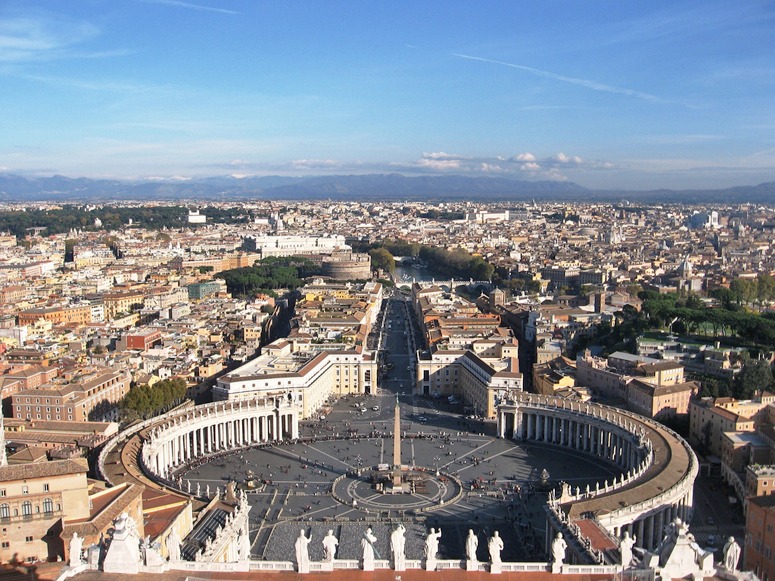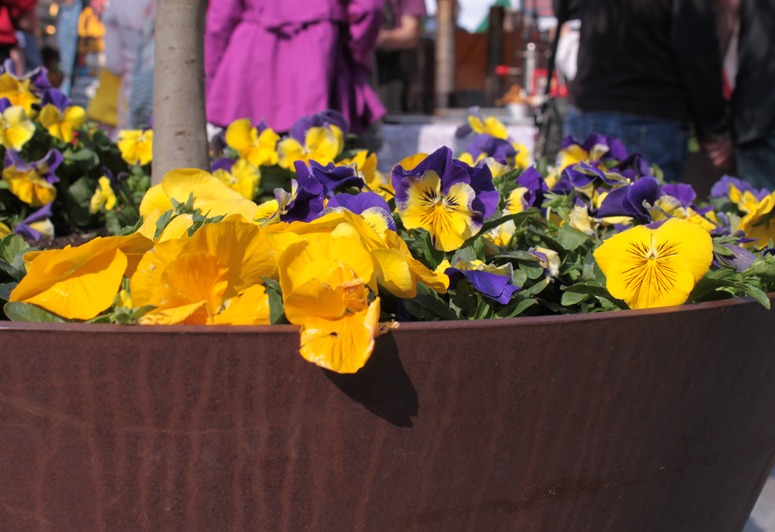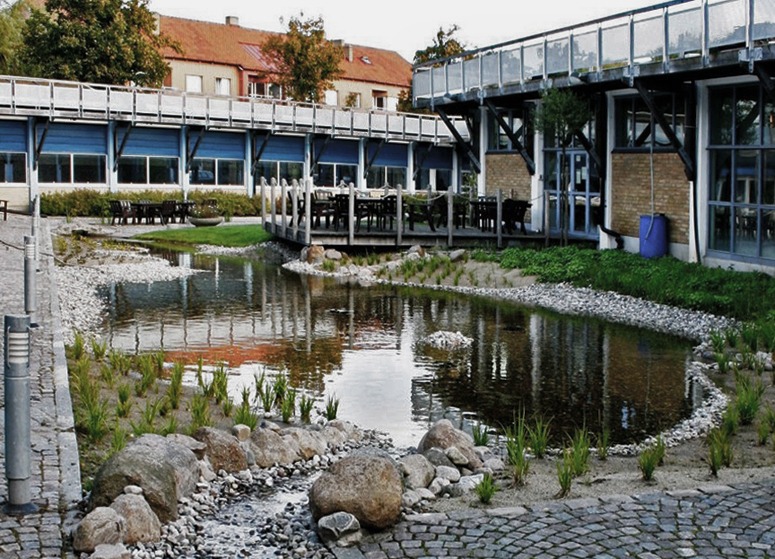
Scandinavian Green Roof Institute at Malmo
This blog has often discussed green roofs and green roof typologies but they always need more consideration:
Green roofs c3500BC
Turf was the standard roofing material in Neolithic North Europe. You can still see this roofing technique in Norway and Iceland
Roof garden c1000BC
The most famous elevated garden in history, the Hanging Gardens of Babylon, may not have been on a roof. Nothing is known about the construction and they may have been ‘hanging’ on an embankment rather then a roof. But they were definitely used as a garden and the only illustration of this type of space is a carved tablet in the British Museum. This was a place for fruits and flowers and a place to walk in the cool of the evening
Roof gardens in the twentieth century
Cities were becoming much denser and much higher-rise, so people began making modern roof gardens. Corbusier proposed one in Paris and the landscape architect, Ralph Hancock, designed one for Derry and Toms, now called the Kensington Roof Garden
Green roofs in the twentieth century
People began to remember that ‘green stuff’ could also serve as a roof-covering material and then found many reasons for reviving the idea: water conservation, biodiversity, acoustics, insulation etc. This led to the making of what are called ‘extensive’ green roofs and, by way of contrast, roof ‘gardens’ came to be called ‘extensive’ green roofs. I think the terminology began in Germany.
Moer Roofs in the twenty-first century
The City of Malmö and the Scandinavian Green Roof institute established a 9000m3 green roof which is called the Augustenborg Botanical Roof Garden. It is a good project and, though the name suggests ‘a botanical garden on a roof’, the design objectives of the Malmö roof are broad: ‘environmental, economical, and to improve storm water management, health and aesthetics in our communities’. This type of roof needs a new name and we could base it on MOER technology: Multi-Objective Environmental Roofing (pronounced as ‘mower’, for irony). The roles of a broad spectrum Moer Roof would include: social use, aesthetic use, food production use (including aquaponics), water conservation, biodiversity, acoustics, insulation, energy generation, sustainability etc. The SGRA has a useful classification of green roof advantages and design objectives
Image courtesy i-sustain

